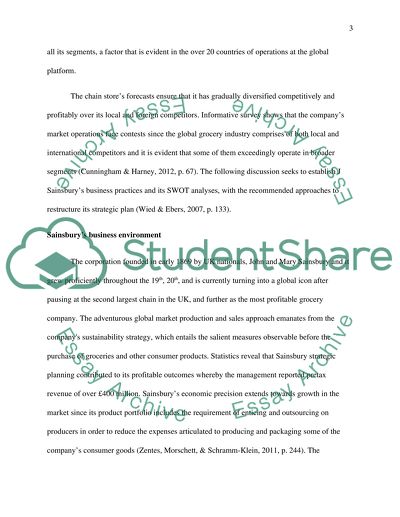Cite this document
(The Business Environment in the UK Market Term Paper, n.d.)
The Business Environment in the UK Market Term Paper. Retrieved from https://studentshare.org/finance-accounting/1497389-business-skills-employability
The Business Environment in the UK Market Term Paper. Retrieved from https://studentshare.org/finance-accounting/1497389-business-skills-employability
(The Business Environment in the UK Market Term Paper)
The Business Environment in the UK Market Term Paper. https://studentshare.org/finance-accounting/1497389-business-skills-employability.
The Business Environment in the UK Market Term Paper. https://studentshare.org/finance-accounting/1497389-business-skills-employability.
“The Business Environment in the UK Market Term Paper”, n.d. https://studentshare.org/finance-accounting/1497389-business-skills-employability.


